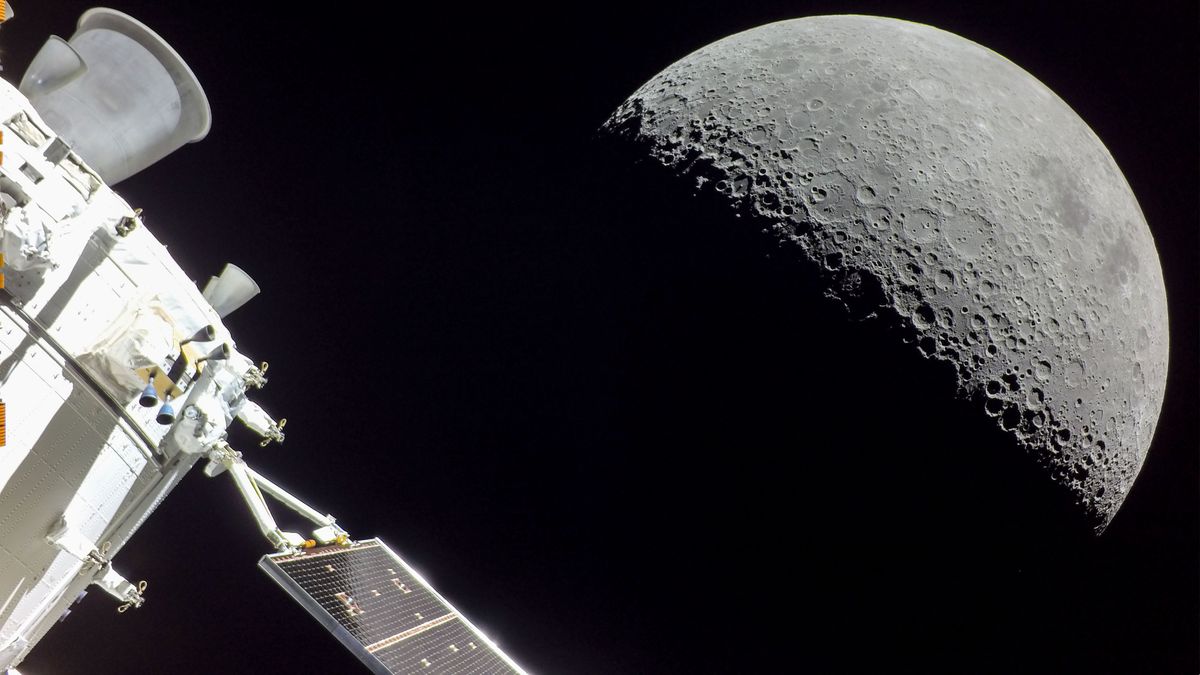NASA wants to construct lunar houses on the moon by 2040

NASA's ambitions extend beyond merely returning people to the moon; the agency envisions affording individuals the possibility of establishing a permanent presence on the lunar surface.
As per a report featured in The New York Times, NASA intends to construct lunar houses by the year 2040, a development discussed with multiple NASA scientists who provided insights into the ongoing efforts. Niki Werkheiser, NASA's Director of Technology Maturation, said "We’re at a pivotal moment, and in some ways it feels like a dream sequence, In other ways, it feels like it was inevitable that we would get here.”
The deliberation of establishing a residential enclave on Mars is also being discussed.
The lunar initiative is officially designated as "Project Olympus," and, according to the scientists interviewed by The Times, this ambitious endeavor is presently proceeding according to plan.
The Austin-based company, ICON, has entered into a partnership with NASA for this venture. ICON is known for its utilization of 3D printing technology to fabricate concrete structures on Earth, having successfully constructed more than 400 homes in its hometown to support homeless individuals and hurricane-resistant residences for disadvantaged communities in rural Mexico. Since 2020, the company has been collaborating with NASA and, in 2022, secured a $57 million funding allocation to develop construction systems that employ lunar and Martian resources as primary building materials.
The company aims to utilize the lunar surface's fine particles, which include dust, rocks, and mineral fragments, in the creation of a substance resembling concrete for constructing homes and other structures. The incorporation of lunar resources is seen as a method to increase the durability of these buildings in the face of the harsh and dangerous lunar dust prevalent on the planetary surface.
The primary challenge lies more in the realm of physics than materials. ICON's 3D printer is scheduled for testing at NASA's Marshall Space Flight Center in February of the following year, where its performance under the vacuum conditions and radiation levels of space will be assessed. However, even if the testing proves successful, the prospect of reaching the moon remains contingent on the construction of a suitable landing pad on the lunar surface.
In addition to the residential structures, NASA is collaborating with universities and private enterprises to address various household essentials, encompassing items such as doors, tiles, and furniture. There is currently no information available regarding their approach, if any, to manage the lunar atmosphere.
Prior to embarking on these endeavors, NASA must first accomplish the challenging task of safely returning astronauts to the moon. If everything proceeds as intended, the Artemis 2 mission is scheduled to dispatch astronauts into lunar orbit by 2024. Subsequently, between 2025 and 2026, the Artemis 3 mission will conduct a lunar South Pole landing, with the support of SpaceX's Starship, marking the long-anticipated return of humans to the lunar surface.
Thanks for visiting Our Secret House. Create your free account by signing up or log in to continue reading.





